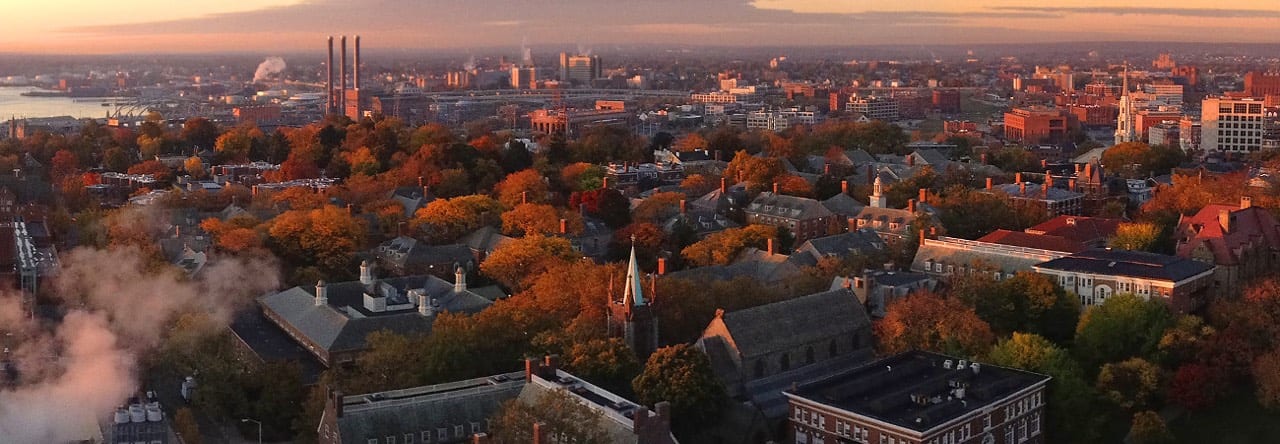After 7 days of excavation, Monday November 3rd marked our last day excavating on the Quiet Green this semester. Since we had just one last day to answer lingering questions, we approached both trenches with specific goals and used string to portion off areas of the trenches on which to focus our excavating efforts. With daylight savings time having ended the day before, we started an hour earlier than usual, but the setting sun acted as a reminder throughout excavation of how little time we had left!

Isobel and Frank working around our feature (and the water pipe!) in trench 5

The final photo of our complete work in trench 5, with the closing day’s sondage (and our feature) visible at the top
The week before, Frank came across a cluster of rocks extending from the middle of the Western section of trench 5 about 60 centimeters into the center of the trench. Our main goal for the week in trench 5 was to determine whether the feature was a surface or whether it extended further down into the ground and was part of a wall or a foundation instead. We started off by running a piece of string from the North section of the trench to the South section and decided to dig deeper only on the Western side of this divide, which contained the feature. We dug about 10 centimeters down on both sides of the feature and found very little evidence of any artifacts. After clearing some of the dirt around the feature, we realized we were able to insert a trowel directly into the dirt below the feature, suggesting the feature is a surface. With a better idea about the nature of the feature, and a suspicion that the dirt surrounding it was natural deposit due to the lack of any artifacts, we ended our excavation in trench 5. We took final closing photos and measurements of the trench and Catie and Andy taught us how to measure and draw the stratigraphy of the Western section.

Niyo, Makana, and Raff working on the sondage in trench 6 to reveal more stratigraphy
In trench 6, our goals for the final day were less clear, as has been the case throughout excavation. We worked on clearing up the Western section so that we would be able to draw the stratigraphy and we opened up a sondage along the same side to try to better understand the relationship between the gravel-based context 3 and the yellow clay context 5 beneath it. Immediately after opening the sondage, we found three separate areas, stacked North to South. The middle one of these sections was more compact than the other two, so we aimed to first take out the two areas on the edges, then finding that these sections were actually lying on top of the middle of the three sections. Overall, these last excavations suggested that the gravel layer in trench 6 probably does not run across the entire trench in the way it did in trench 5, though hopefully everything will become a bit more clear when we go back to finish up drawings. Things have never been simple in trench 6!

The final closing photo of trench 6
It was bittersweet finishing the excavations. We are excited to continue onto the carriage house this coming week to analyze the artifacts we found and hopefully piece together a more complete picture of what is going on in our two trenches, but it is strange that our relatively short time in the trenches is closed for the semester and that we have now obtained all of the information that we will from the dirt!
Isobel Heck ’16











